Why the Top 14 Salary Cap Is the Most Controversial Rule in Rugby
Some teams consistently punch above their weight, reaching playoffs and European finals despite operating on much smaller budgets than their rivals. That kind of success, under strict financial constraints, is no small feat.
In this article, we take a closer look at how the Top 14 salary cap works, the controversies it has sparked, and what players, clubs, and league officials really think about its future.
Inside the Salary Cap That Shapes French Rugby
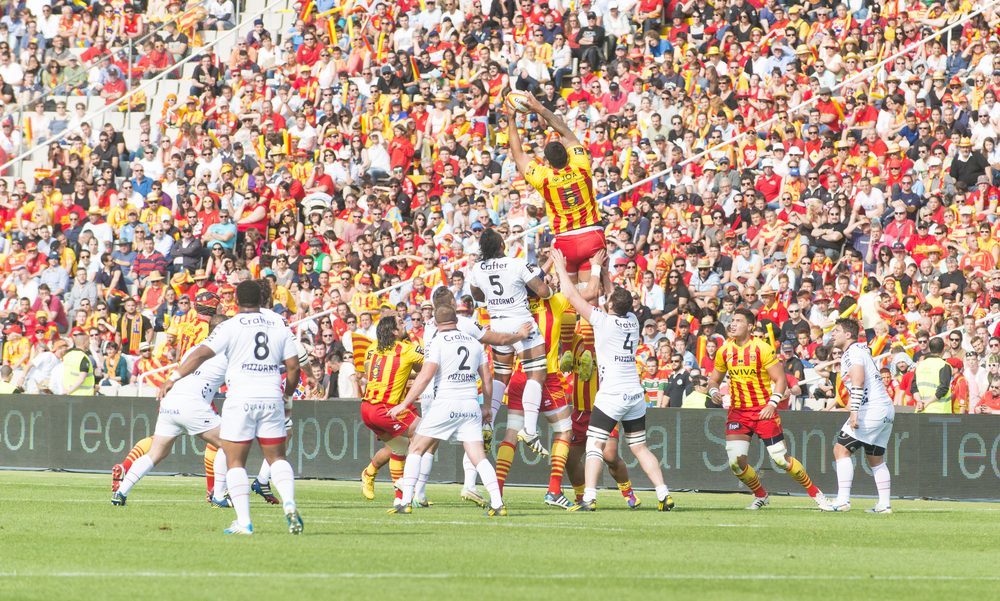
The salary cap system in France’s Top 14 rugby league has become a defining feature of the competition. Created to promote fair play and financial stability, the cap continues to influence how clubs build squads and manage their budgets.
Introduced in 2010: A Turning Point for Top 14 Finances

Launched in 2010, the cap was a response to ballooning player wages and growing concern over club solvency. It marked a shift toward regulated spending in a league known for financial muscle.
Read also: The Top 100 Football Clubs in the World - Ranked by Opta
How the Salary Cap System Actually Works
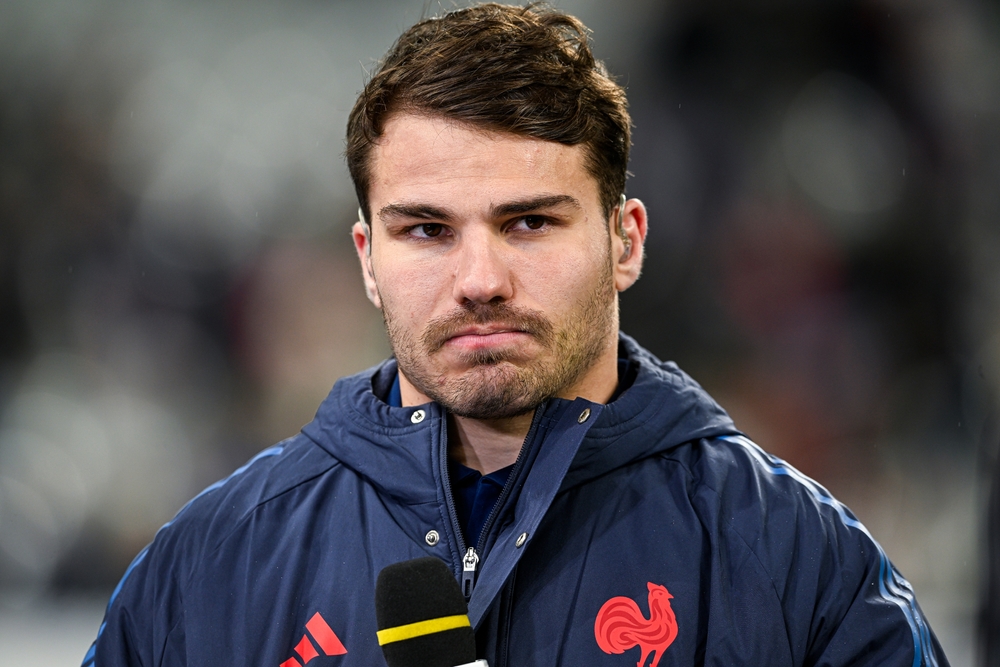
Each club is subject to a strict spending limit on total player salaries, with regulated exceptions such as medical jokers or academy players. Clubs must submit full financial records, and violations are reviewed by the Ligue Nationale de Rugby (LNR).
A Decade of Adjustments and Growing Tensions
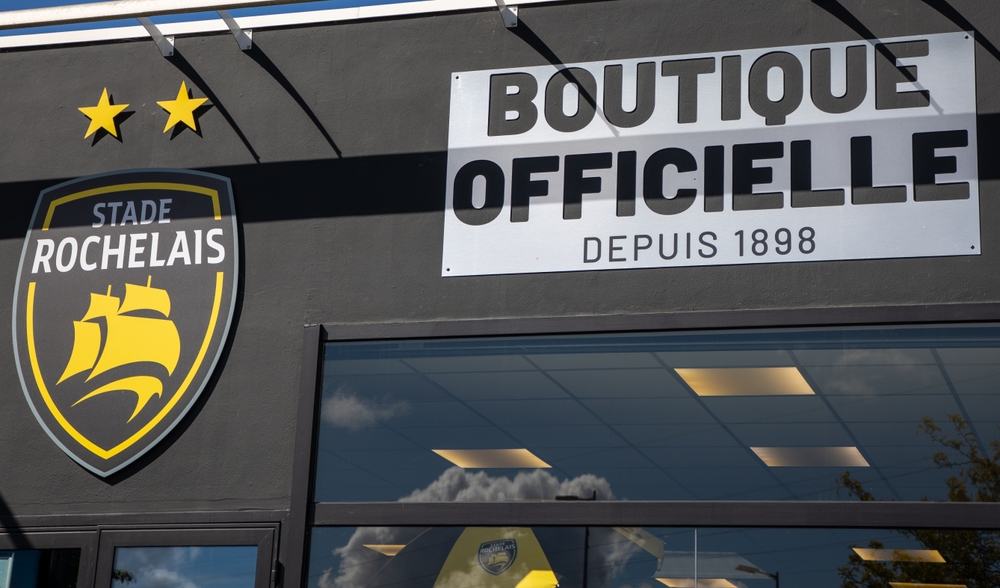
Over time, the cap has been modified to reflect inflation, revenue shifts, and legal challenges. Each revision brings new pressure points—particularly from clubs that believe the rules are too rigid or unevenly enforced.
When Toulon and Racing 92 Crossed the Line

Two of the most notable breaches came from powerhouses Toulon and Racing 92. Both clubs were found to have exceeded the cap, sparking backlash and raising questions about transparency and fairness.
The Fallout: What Sanctions Were Imposed
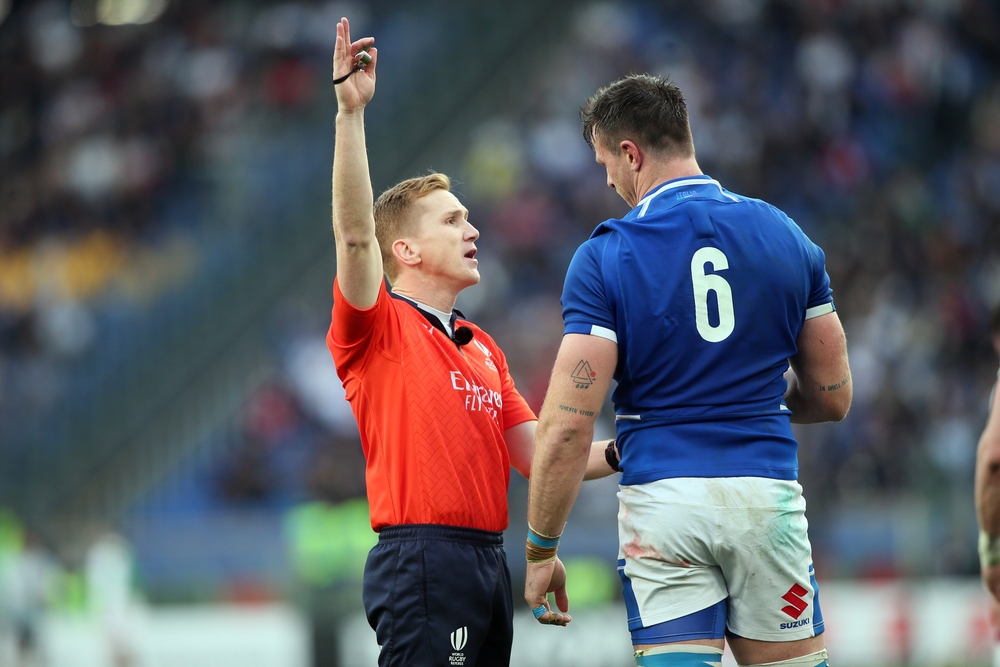
Punishments included hefty fines and public scrutiny, but no point deductions. Critics claimed the LNR lacked the courage to impose meaningful sporting consequences, while others viewed the move as a wake-up call.
Read also: 10 Legends Who Have Won the Ballon d’Or, the Champions League, and the World Cup
Club Reactions: From Outrage to Compliance
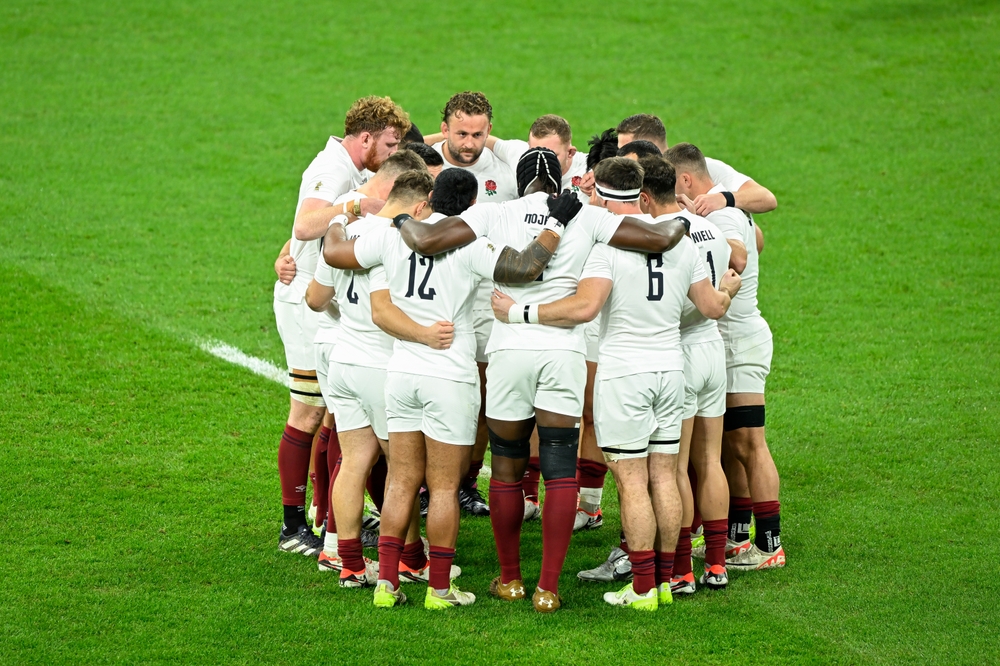
Some clubs pushed back, accusing the league of political motives. Others quietly adjusted their practices, hiring financial officers and restructuring contracts to ensure compliance.
Mounting Pressure from Club Presidents

Top 14 presidents frequently test the system’s boundaries. Some advocate for more flexibility, while others exploit vague areas in the rulebook—turning compliance into a negotiation rather than an obligation.
The Salary Cap Landscape Heading Into 2025–26

As the 2025–26 season approaches, the cap remains firmly in place. While the exact figure is tightly controlled, it’s clear the LNR intends to keep spending limits strict despite growing commercial pressures.
New Leadership, Tougher Rules Ahead
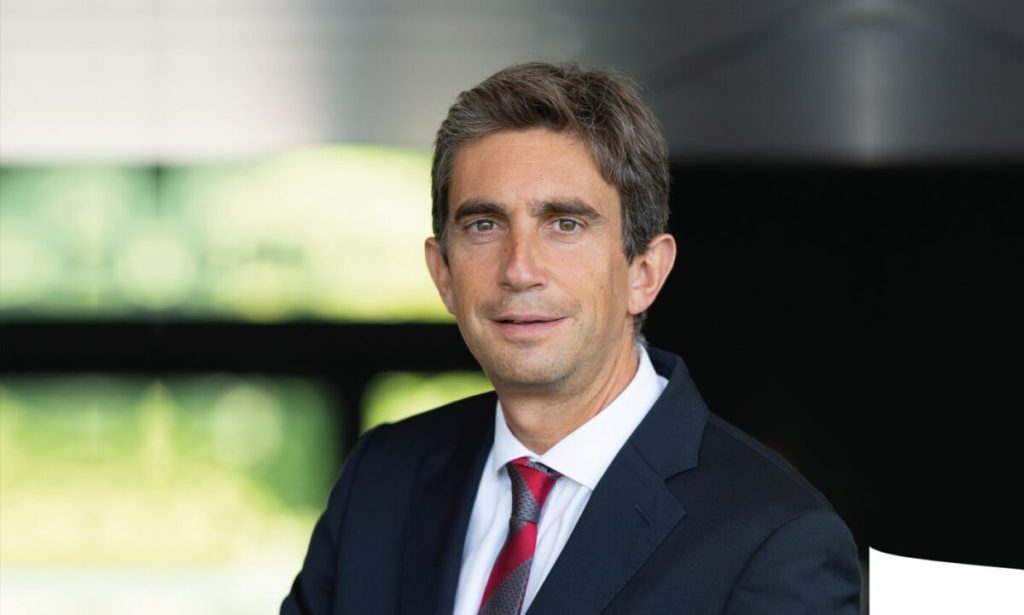
Yann Roubert, the new president of the LNR, has pledged to reinforce the cap system. He aims to restore trust by tightening enforcement and sending a message that no club is above the law.
Read also: The 100 Greatest Athletes of the 21st Century - Ranked from Lowest to Highest
Points Deductions and Competitive Penalties on the Table
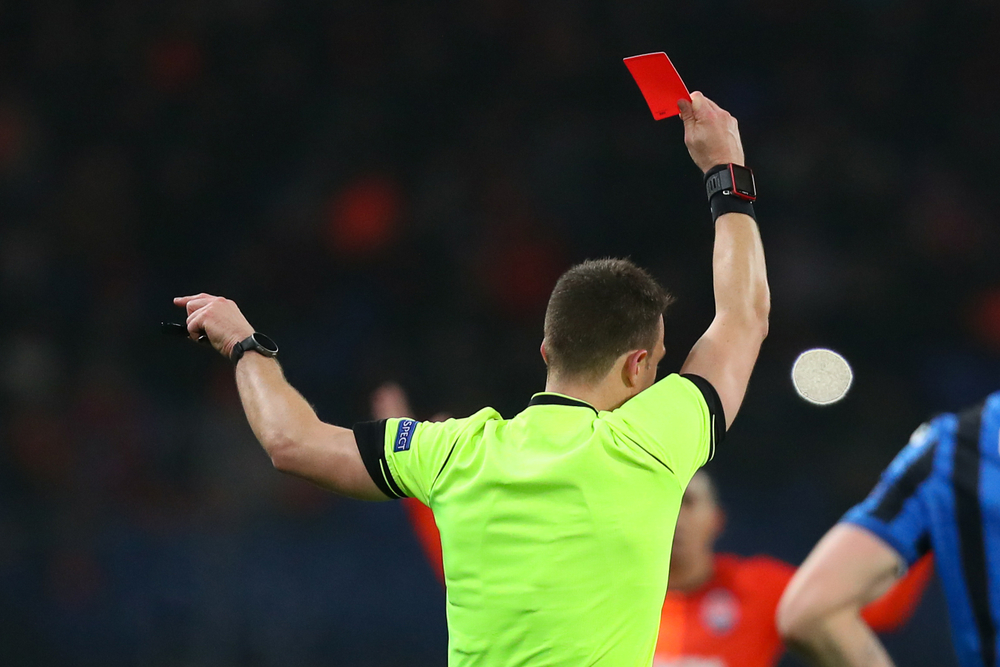
For the first time, the LNR is openly considering sporting sanctions. These could include point deductions, playoff exclusions, or transfer bans—measures designed to finally give the cap some teeth.
Loopholes, Workarounds and Creative Accounting

Despite the rules, clubs often find ways to game the system—through third-party sponsors, image rights, or deferred payments. Policing these tricks remains one of the LNR’s biggest challenges.
How Other Leagues Handle Spending Limits
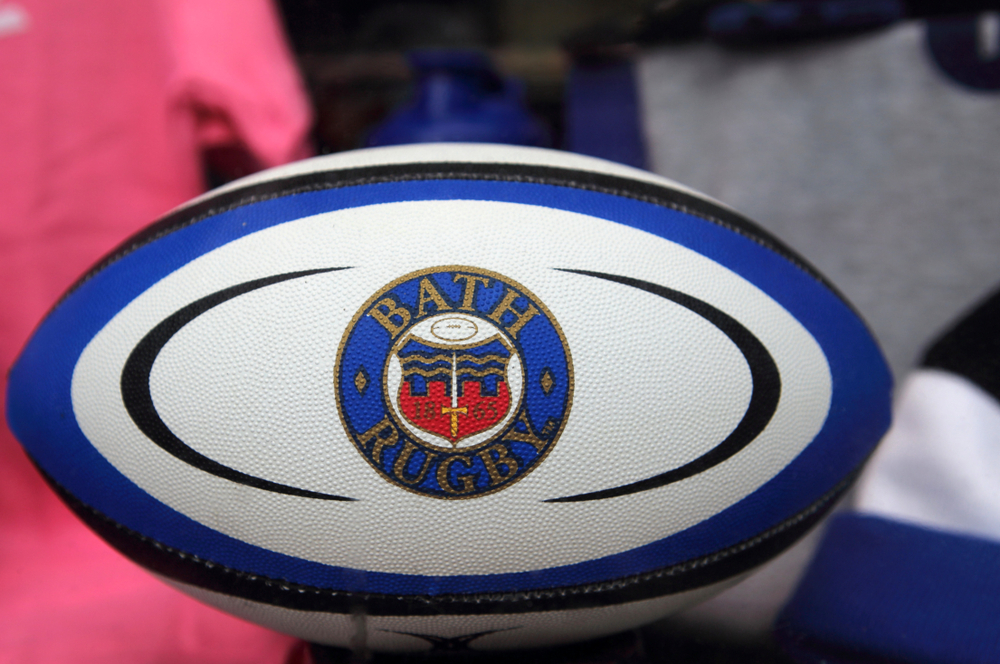
Other rugby leagues take different paths. England’s Premiership Rugby enforces a cap but has faced its own scandals. Meanwhile, leagues in Japan and the Southern Hemisphere operate with fewer restrictions.
Big Clubs, Small Clubs: Who Benefits, Who Struggles
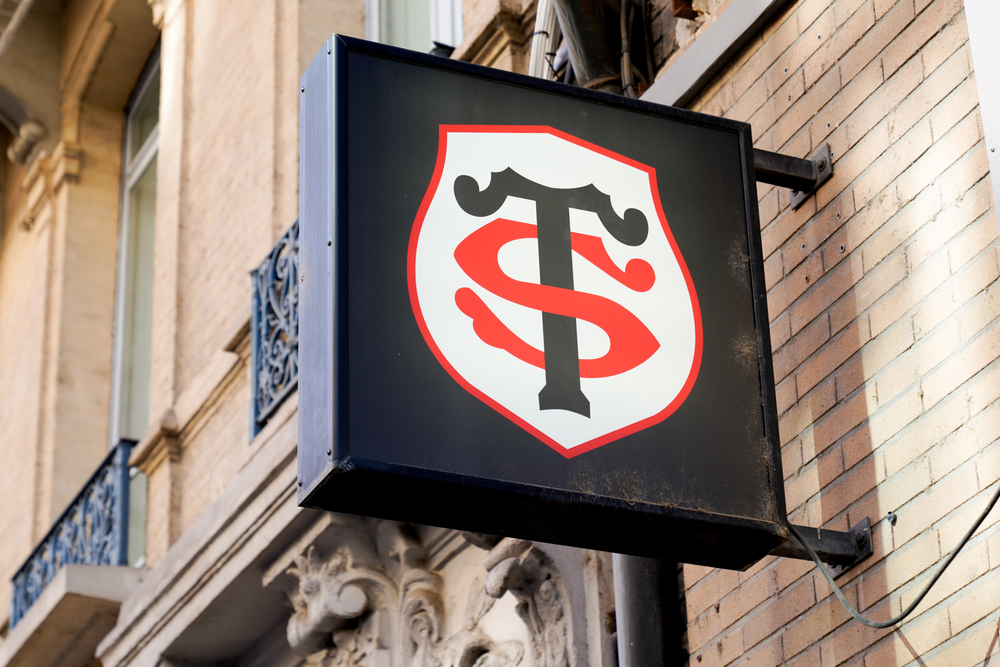
Big-budget teams still find ways to sign stars, while mid-table clubs often feel boxed in. Though intended to promote parity, the cap can deepen existing divides if not applied uniformly.
Read also: The 14 Highest-Paid Mainz 05 Players in 2025 - Ranked from Lowest to Highest
What Players and Agents Really Think

Players and agents have mixed feelings about the Top 14 salary cap. Some see it as a necessary tool to ensure the sport’s long-term sustainability, while others argue it restricts career opportunities and financial freedom.
For instance, Racing 92's owner, Jacky Lorenzetti, has called for a 'drastic' change to the salary cap, suggesting that the current cap may not be sustainable for clubs aiming to balance competitiveness and financial health.
Such opinions highlight a growing divide among stakeholders and underscore the ongoing debate over whether salary caps help or hinder the evolution of professional rugby.
Read also: The Kings of Hat-Tricks: Most Hat-Tricks in Champions League History - Ranked




